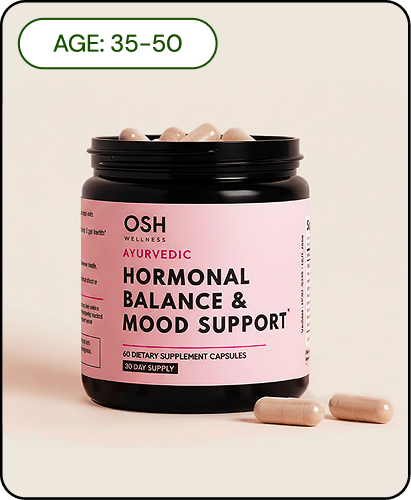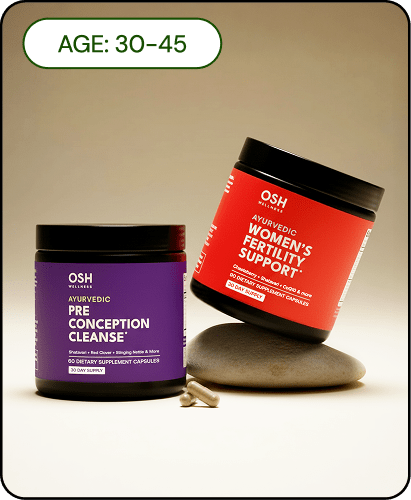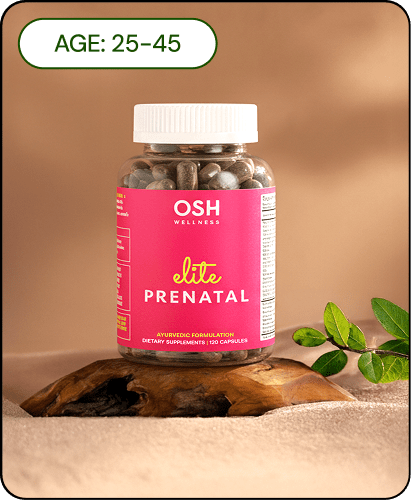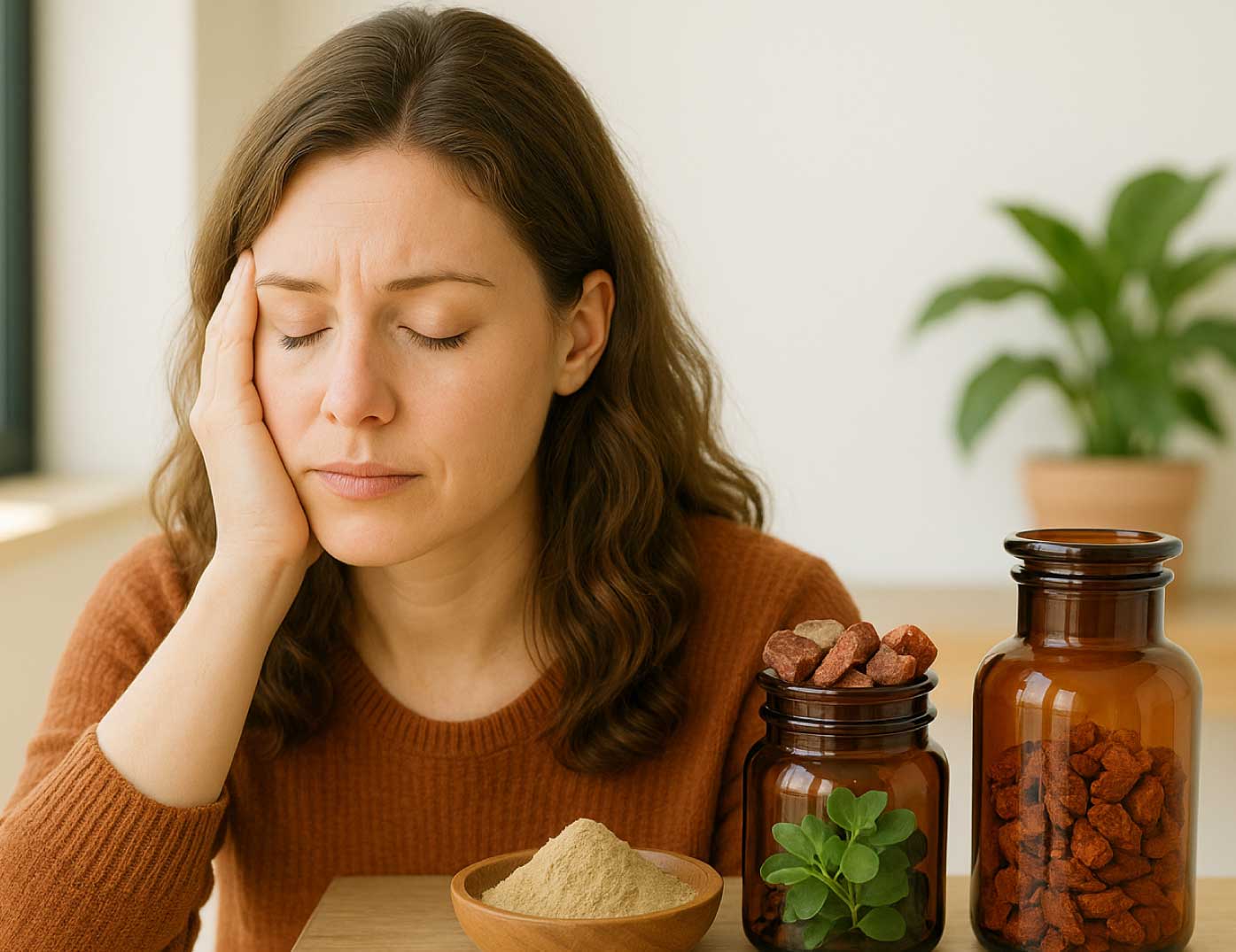Table of contents
Understanding menarche is essential for adolescents and their caregivers, as it marks a pivotal milestone in reproductive health. The onset of the first period can usher in a complex mix of emotions, including excitement, confusion, or anxiety. This comprehensive guide offers actionable insights into what to expect during this transition. From physical symptoms to emotional transformations and coping strategies, it aims to create a supportive and informed environment that nurtures open conversations around menstruation.
Understanding Menarche and Its Significance

Menarche, the onset of a girl’s first menstrual period, signals the start of reproductive capability and carries both biological and societal implications.
It typically occurs between ages 9 and 16, but timing varies due to genetics, environment, and socio-economic factors.
Early menarche (before age 12) is linked to long-term health risks, including obesity, cardiovascular disease, and reproductive concerns like premature menopause and subfertility [1].
Psychologically, early menstruation may increase vulnerability to mental health issues such as anxiety and depression [2].
Socially, the perception of menarche differs widely; some cultures celebrate it as a rite of passage, while others stigmatize menstruating girls [3].
Educationally, girls experiencing early menarche are less likely to complete primary education, often due to the impact of early pregnancy and societal pressures such as child marriage [4].
Comprehensive menstrual health education is a vital tool to empower adolescents and caregivers by fostering healthy attitudes and combating stigma.
The Biology of Menstruation

The menstrual cycle is a monthly series of hormonal changes that prepare the female body for pregnancy. On average, it spans about 28 days and begins with menarche in early adolescence.
The cycle occurs in four distinct phases:
Menstrual Phase: The uterine lining is shed due to lowered estrogen and progesterone, typically lasting around five days [5].
Follicular Phase: FSH stimulates ovarian follicles, and one dominant follicle produces estrogen, preparing the uterus and triggering an LH surge [6].
Ovulation: Around day 14, an egg is released from the ovary due to elevated estrogen [6].
Luteal Phase: The corpus luteum forms and secretes progesterone to further prepare the uterine lining [7].
These hormonal fluctuations often result in physical symptoms such as cramps and bloating. Initial cycles may be irregular, but stabilize over time, becoming part of the reproductive health rhythm.
What to Expect During Your First Period

The first period typically occurs between ages 11 - 14 and might vary in flow, duration, and associated sensations. Common expectations include:
Periods generally last 3 to 7 days. The first period may be brief or irregular as the body adapts [8].
Flow can range from light spotting to heavier bleeding, averaging 20 to 90 ml of blood loss [9].
Initial signs may include light reddish or brownish stains rather than a large release of blood.
Accompanying symptoms may include:
Abdominal cramps
Bloating and breast tenderness
Headaches and acne
For relief, over-the-counter painkillers, heat therapy, and gentle physical activity can be effective [10]. Educating adolescents about these possibilities can significantly reduce anxiety during menarche.
Emotional Responses to Menstruation

The hormonal changes associated with menstruation can initiate strong emotional reactions. Common experiences include:
Anxiety, irritability, or confusion due to premenstrual syndrome (PMS) affects up to 75% of menstruating individuals [11].
More severe cases may involve premenstrual dysphoric disorder (PMDD), marked by extreme mood swings and depression [12].
Social norms and stigma may also affect emotional responses, leading to guilt or misinterpretation of physiological feelings [13].
Effective coping strategies:
Hormonal treatments or antidepressants for severe PMDD [12]
Healthy practices like consistent sleep, exercise, and mindful stress regulation
Journaling or speaking to trusted individuals for emotional expression
Debunking Menstrual Myths

Misinformation around menstruation persists and can be damaging. Here's the truth behind common myths:
Myth: Menstrual blood is dirty. In reality, it's composed of blood, tissue, and mucus, completely clean by medical standards [15].
Myth: Only women menstruate. Transgender men and nonbinary individuals may also experience menstruation [16].
Myth: Regular cycles are 28 days. In fact, cycles can vary from 21 to 35 days and still be normal [17].
Myth: You can’t get pregnant during menstruation. While chances are lower, it's still possible due to sperm survival or early ovulation [19].
Myth: Avoid exercise or sex during periods. Both can actually relieve menstrual discomfort and are safe during menstruation [16].
Breaking these myths enables productive discussions, reduces shame, and fosters a culture of respect and awareness around periods.
Seeking Support and Guidance

Knowing when to seek medical care is crucial. Look out for:
Excessive flow soaking through products within an hour for several hours [20]
Severe cramps that disrupt daily functioning [21]
Irregular bleeding between periods or a sudden change in cycle patterns
Emotional and educational support also play a significant role. Encourage open conversations with parents, caregivers, teachers, and health professionals [22].
Creating inclusive and supportive networks ensures that adolescents feel empowered and informed about their reproductive health [23].
Relevant Products
Osh Wellness Cycle Care is formulated for women 18+ to support hormonal balance, reduce PMS symptoms and regulate menstrual cycles.
Conclusions

Understanding menarche and menstrual health is essential for the physical and emotional well-being of adolescents. By debunking myths, offering support, and encouraging open communication, we can normalize menstruation and empower individuals to embrace it without fear or shame. Continued research and better educational tools will further improve outcomes and support systems around this critical life transition.
FAQs
What is menarche, and when does it typically happen?
It is the first menstrual period, usually occurring between ages 9 and 16.
How can I relieve cramps during my period?
Over-the-counter medication, heat applications, and gentle exercise may help.
What emotional changes might I experience during my first menstruation?
Mood swings, anxiety, or irritability caused by hormonal fluctuations.
How can I talk to my parents or caregivers about menstruation?
Start with a trusted adult, use facts, or share resources for clarity.
What signs indicate that I should seek medical advice regarding my period?
Heavy bleeding, unbearable cramps, or irregular cycles are reasons to consult a doctor.
Sources
1: News Medical - Early Menarche and Long-Term Health: What the Research Says
3: Anthroholic - Understanding Menarche and Its Social Implications
4: PLOS One - Education and Health Outcomes Associated with Menarche Timing
6: Merck Manual - Menstrual Cycle
7: Clue - The Menstrual Cycle: More Than Just the Period
8: Cleveland Clinic - Menarche
10: Tampax - First Period Guide
11: Johns Hopkins Medicine - Premenstrual Dysphoric Disorder (PMDD)
13: Medical News Today - Anxiety Before Period
14: Healthline - Why Do I Cry During My Period?
16: Healthline - Common Period Myths
17: Wiley Online Library - Menstrual Health: Myths and Facts
19: Chester County Hospital - Period Myths
20: Texas Health - When to Seek Help for Period Issues
21: Mayo Clinic - Menstrual Cramps
22: UNICEF - Menstrual Hygiene and Education
23: PolicyLab - Equitable Access to Menstrual Health








